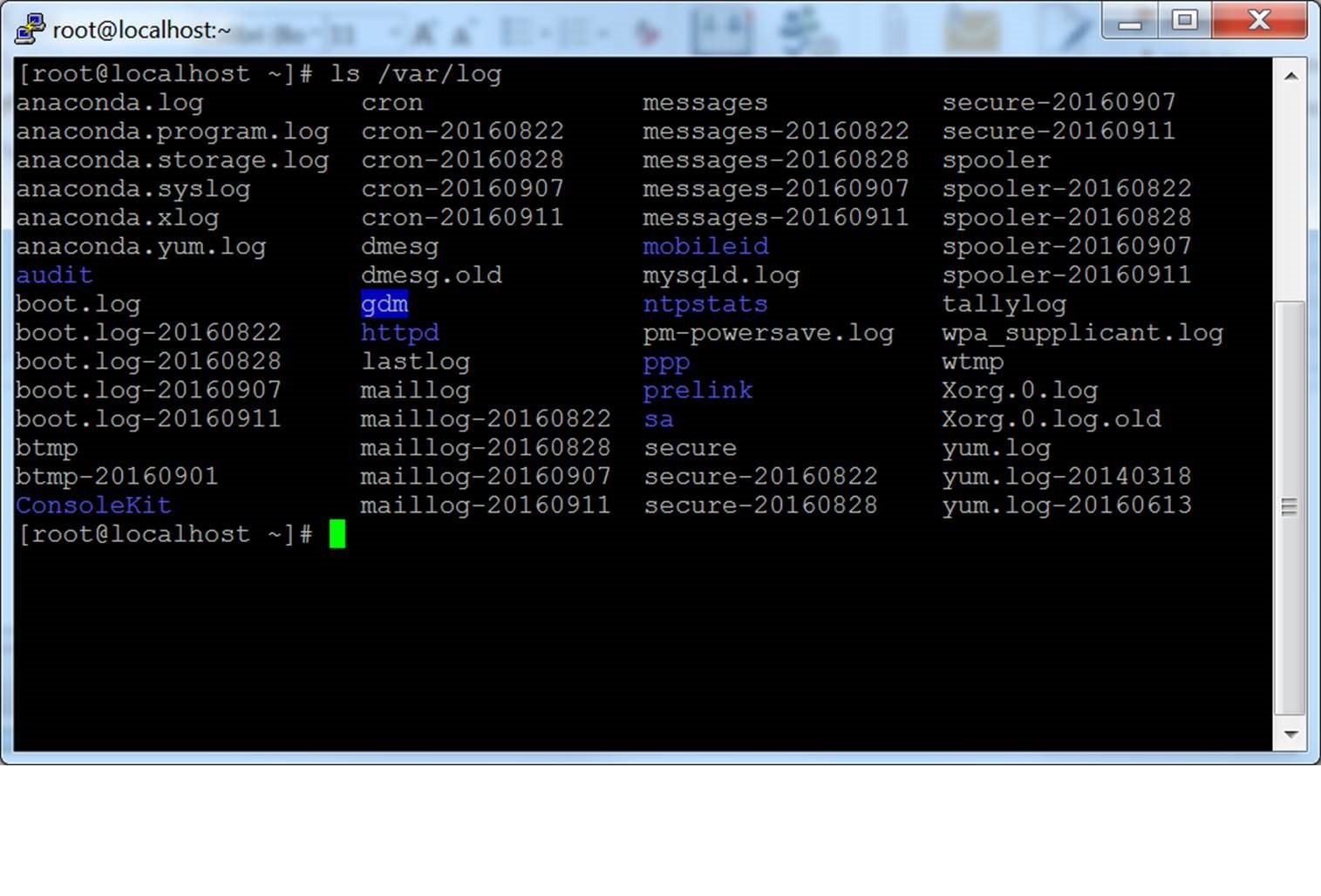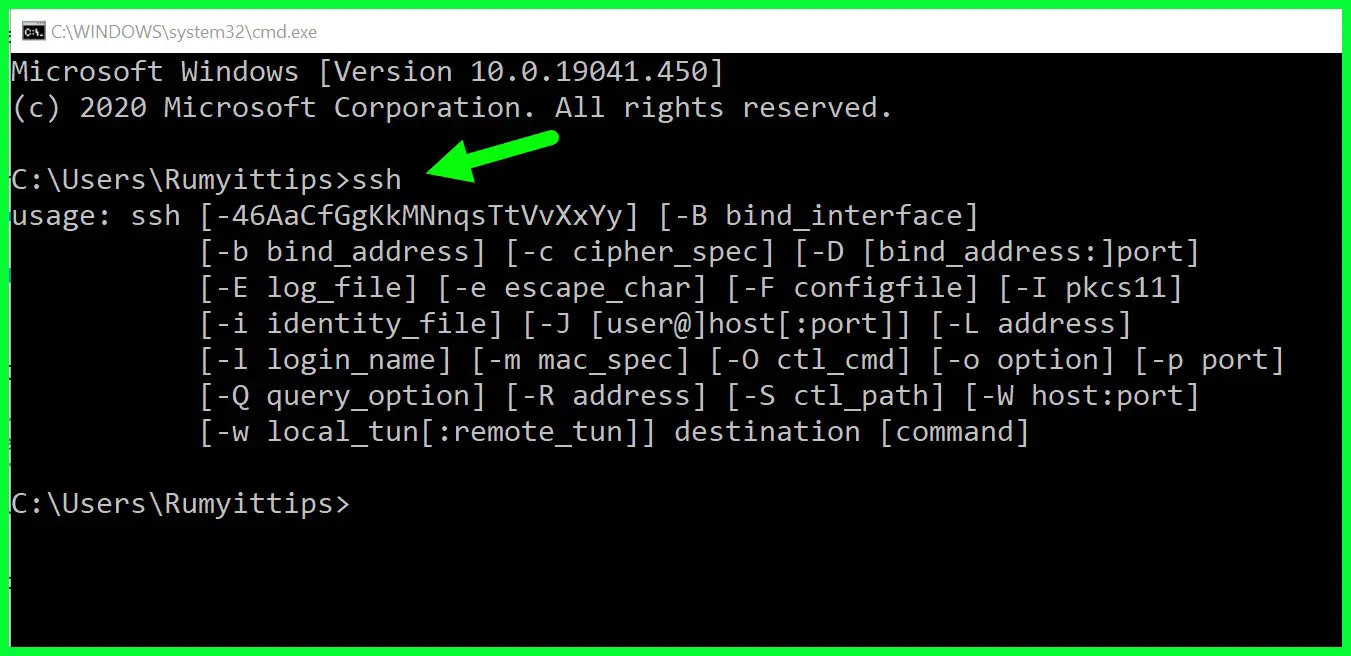RemoteIoT VPC SSH On Windows 10: A Secure Guide
In a world increasingly reliant on interconnected devices, how can you ensure the security and efficiency of managing your remote networks and devices? RemoteIoT VPC SSH on Windows 10 provides a robust, secure pathway, offering a superior method for interaction that prioritizes both productivity and protection.
As the Internet of Things (IoT) continues to proliferate, the need for secure remote access to these devices becomes not just important, but critical. RemoteIoT VPC SSH provides a reliable, encrypted bridge, enabling you to manage IoT devices securely within Virtual Private Clouds (VPCs).
Understanding the Core Components
A Virtual Private Cloud (VPC) acts as a private enclave within a larger public cloud, providing enhanced security and isolation for your resources. Imagine it as a gated community within a bustling city; you control who gets in and out, and you have the peace of mind that comes with that control. Within your VPC, you define your own IP address ranges, create subnets for organization, and configure network gateways to manage traffic flow.
- Brazen Bull Ancient Greeces Torture Machine Its Legacy
- Anjali Aroras Viral Video The Story Impact And More
Secure Shell (SSH), on the other hand, is a cryptographic network protocol. Think of it as a secure courier service for your data, ensuring that communications over unsecured networks are protected. SSH offers authentication, encryption, and integrity verification, guaranteeing that your interactions remain private and unaltered.
The convergence of VPC and SSH creates a formidable architecture for secure, efficient management of your remote IoT devices.
Why Choose RemoteIoT VPC SSH on Windows 10?
Windows 10 offers native SSH support, removing the need for third-party installations. This simplifies the setup process, and gives users more control over their IoT devices.
- Jane Omeara Sanders Net Worth In 2022 What You Need To Know
- Magic Mountain Your Ultimate Guide To Thrills Fun
The benefits of using RemoteIoT VPC SSH on Windows 10 include:
- Enhanced Security: All communications are encrypted, safeguarding your data.
- Ease of Setup: Configuration is straightforward, minimizing setup time.
- Cloud Integration: Seamlessly works with your cloud-based VPC environments.
- Wide Compatibility: Works well with a wide range of IoT devices.
These advantages allow you to streamline your workflow and focus on more critical tasks.
Setting up RemoteIoT VPC SSH
Step 1
Fortunately, Windows 10 comes with a built-in SSH client. However, you may need to enable it:
- Open the Start menu and search for "Turn Windows features on or off."
- Scroll down the list and check the box next to "OpenSSH Client."
- Click "OK" and restart your computer if prompted.
Once installed, you can start using the SSH client via the command line to connect to remote devices.
Step 2
Configuring your VPC involves several key steps. Keep in mind that these steps may vary slightly depending on your specific cloud provider (e.g., AWS, Azure, Google Cloud Platform). Here's a general overview:
- Create a VPC: Using your cloud provider's console, define your VPC. Choose a unique IP address range for this network.
- Set up Subnets: Divide your VPC into subnets. This improves both organization and security.
- Configure Security Groups: These are essentially firewalls for your VPC. Define rules that control inbound and outbound traffic to your IoT devices, limiting access as needed.
Proper VPC configuration is crucial to ensure the security and efficiency of your communication with remote devices.
Connecting to Remote Devices
With your SSH client and VPC set up, connecting to your remote IoT devices is straightforward. You'll use the following command in your command prompt or terminal:
ssh username@remote_device_ip
Replace "username" with the appropriate login credentials and "remote_device_ip" with the device's IP address. You may also need to specify a private key file if key-based authentication is in use.
Here's an example:
ssh -i /path/to/private_key.pem user@192.168.1.100
This command establishes a secure connection, allowing you to interact with the remote device as if you were sitting right in front of it.
Securing Your RemoteIoT VPC SSH Connection
While SSH offers secure connections by default, additional steps can significantly enhance your security posture:
- Strong Passwords: Enforce the use of complex, unique passwords for all user accounts.
- Two-Factor Authentication (2FA): Add an extra layer of security by requiring a second verification method.
- Restrict Access: Use security group rules to limit which IP addresses can connect to your VPC.
- Regular Software Updates: Keep your SSH client and server software up-to-date to patch any vulnerabilities.
Adopting these practices drastically reduces the risk of unauthorized access to your IoT devices.
Troubleshooting Common Issues
Even with careful setup, you may encounter issues. Here are some common problems and solutions:
- Connection Refused: Check that the remote device's SSH server is running and that the necessary ports are open.
- Authentication Failure: Verify that you are using the correct username and private key file. Double-check capitalization.
- Timeout Errors: Ensure your VPC security groups allow traffic from your IP address. Check routing tables.
Consulting your cloud provider's documentation or the documentation for your specific SSH client is also a good practice for resolving issues.
Advanced Configurations
If you want more control over your setup, here are some advanced configurations:
- Port Forwarding: Securely tunnel traffic between your local machine and the remote machine.
- Key-Based Authentication: Switch from password-based login to key-based authentication for increased security.
- Custom SSH Configuration: Modify the SSH configuration file to change settings to suit your needs.
These configurations allow you to optimize your environment for peak performance and security.
Benefits of RemoteIoT VPC SSH
Using RemoteIoT VPC SSH on Windows 10 offers many benefits, including:
- Enhanced Security: Encryption protects sensitive data.
- Flexibility: Access IoT devices from anywhere with an internet connection.
- Scalability: Easily manage multiple devices within a VPC.
- Compatibility: Works seamlessly with a variety of IoT devices.
By utilizing these advantages, you can create a robust and efficient solution tailored to your unique needs.
Table of Information
| Feature | Description |
|---|---|
| Security | End-to-end encryption using SSH protocol to protect data transmitted between your local machine and remote IoT devices. This is essential for safeguarding sensitive information and preventing unauthorized access. |
| Remote Access | Enables you to connect to and manage IoT devices from any location with an internet connection. This offers flexibility and convenience, allowing you to monitor and control your devices regardless of your physical location. |
| Ease of Setup | Windows 10's built-in SSH client simplifies the setup process, eliminating the need for third-party tools. This reduces complexity and makes it easier to get started. |
| VPC Integration | Seamless integration with Virtual Private Clouds (VPCs), providing a secure and isolated environment for your IoT devices. This enhances security and allows for better control over your network infrastructure. |
| Troubleshooting | Provides guidance on addressing common issues, such as connection refused errors and authentication failures, offering practical solutions to ensure a smooth and reliable remote access experience. |
| Configuration | Includes steps for configuring both the SSH client and the VPC environment, covering important aspects like installing the SSH client, setting up subnets, configuring security groups, and connecting to remote devices. |
| Flexibility | Offers port forwarding, key-based authentication, and custom configurations to optimize the remote access experience according to specific needs and preferences. |
| Scalability | Supports the management of multiple devices and networks within a single VPC, which streamlines management of your IoT infrastructure. |
| Compatibility | Works seamlessly with a wide range of IoT devices and platforms, ensuring broad applicability and support for various hardware and software configurations. |
Microsoft OpenSSH Documentation - For a comprehensive overview of OpenSSH features and configurations on Windows.


Detail Author:
- Name : Frederik Ferry
- Username : eldon.graham
- Email : thiel.jaunita@dubuque.info
- Birthdate : 1979-02-12
- Address : 6732 Matt Hills Whiteview, DC 53142-5302
- Phone : 470.217.6923
- Company : Little-Schmitt
- Job : Social Service Specialists
- Bio : Ab quia consequuntur repudiandae iure ipsam nulla. Ea ut neque praesentium corrupti odio vero. Velit hic et dolores consequatur laboriosam veniam quo. Debitis eaque omnis nobis doloremque.
Socials
twitter:
- url : https://twitter.com/lbednar
- username : lbednar
- bio : Sed et quis voluptas. Laborum qui ut suscipit nostrum deleniti. Ut facere neque animi ut voluptate. Recusandae nulla quod ipsam.
- followers : 5728
- following : 991
facebook:
- url : https://facebook.com/lbednar
- username : lbednar
- bio : Aut id et voluptatem consectetur.
- followers : 4899
- following : 2977
instagram:
- url : https://instagram.com/bednarl
- username : bednarl
- bio : Velit aperiam quaerat recusandae nemo nostrum vel. Est dolores expedita fugiat rerum est excepturi.
- followers : 3258
- following : 1242
tiktok:
- url : https://tiktok.com/@bednar1995
- username : bednar1995
- bio : Odit fugiat pariatur cupiditate quisquam id.
- followers : 4493
- following : 2373